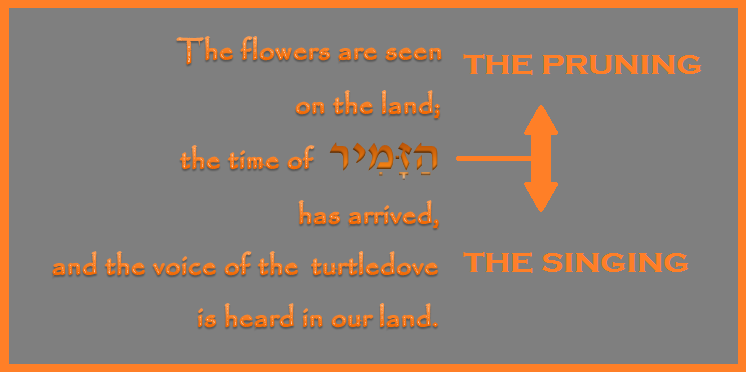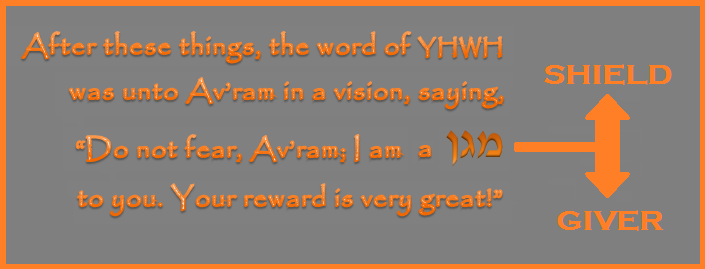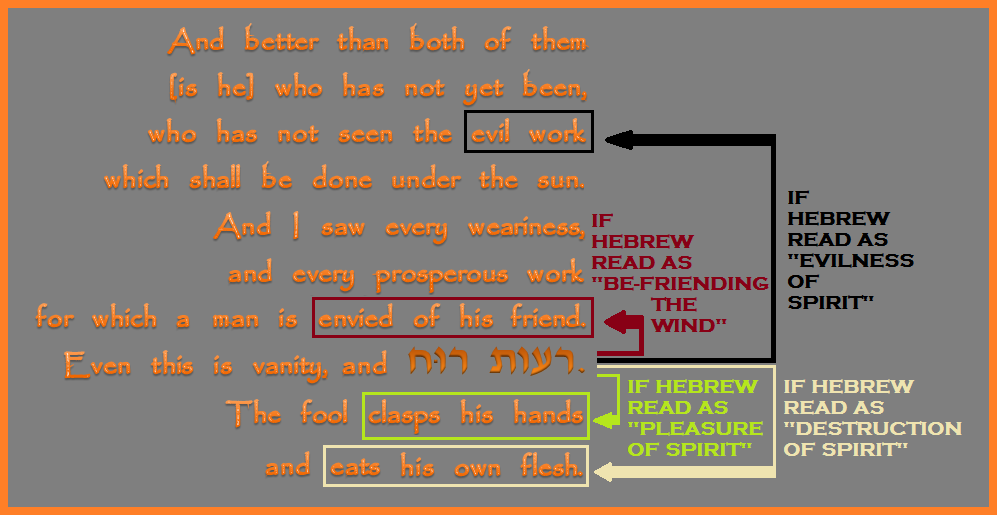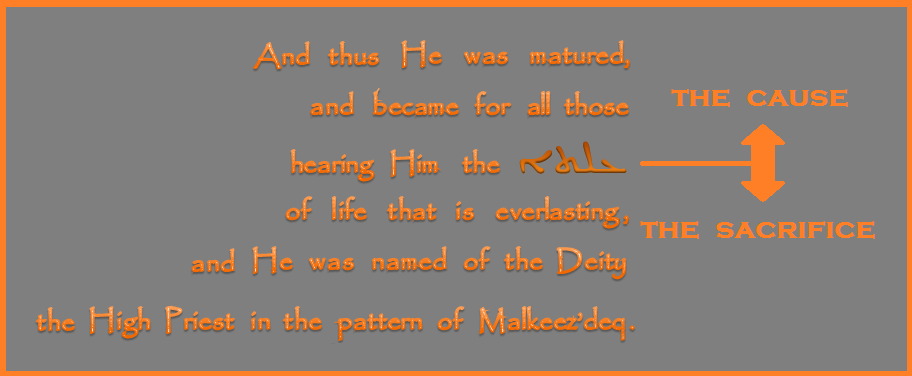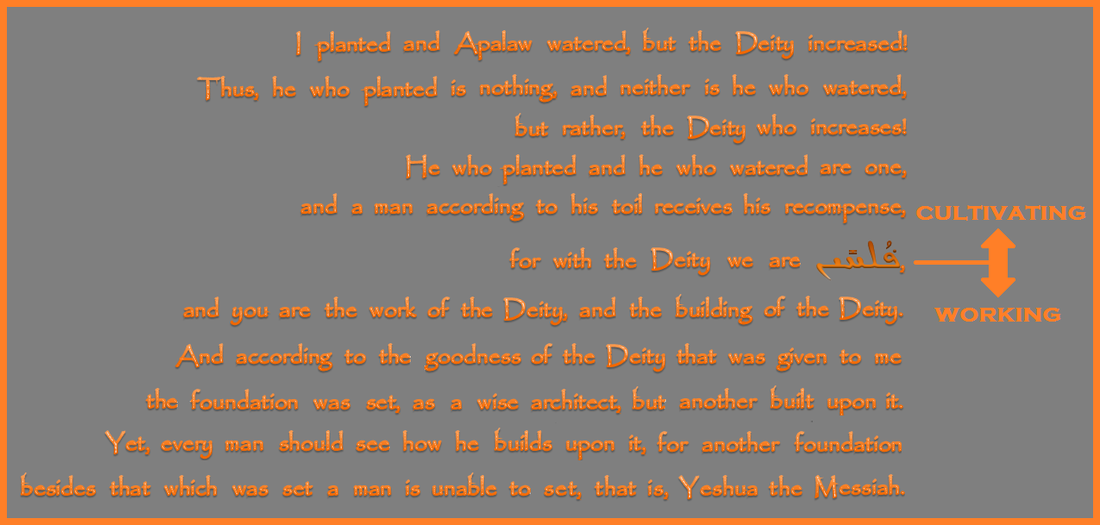PRESERVED with PIVOTS
by Jeremy Chance Springfield
1/11/2015
Critics of the Bible are many and varied in their attacks against the validity of the Word. Each attack is to be defended against, and believers should take the time and care necessary to dedicating themselves to be equipped to address these criticisms as they are leveled against the inspired text of the Spirit. While every attack is notable, one particularly dangerous accusation often brought forth is aimed directly at discrediting the text of the Word. This attack looks beyond the many different topics that are often criticized by those who rail against the Word, and seeks instead to target the veracity of the manuscripts themselves. Those antagonistic to the Hebrew Tanakh and the New Covenant will use this tactic in an attempt to tear the foundation completely out from under the feet of the believer who stands in faith that the Word is true. If the text has not been preserved accurately, how can one believe what is read is indeed inspired from the Holy One?
How is the believer to reply in such an instance? How can one prove the Word we have today is essentially the same Word originally penned long ago? It is true that one can point to extant scrolls, manuscripts, and codices and their vast similarities as evidence that what has been passed down is to be trusted. Yet, in the eyes of the critic, even that is insufficient, as such proponents will go so far as to say the texts themselves have been translated from other languages, from foreign stories, and made consonant over time at the skilled hand of the scribe.
Thankfully, there is an amazing earmark of authenticity in the original texts that can be turned to in order to shut the mouths of these critics. This evidence lay in the unlikely realm of word-play. That's right, the inspired text of the Spirit is scattered with puns proving it has been preserved throughout the ages, and is not adopted or altered from foreign sources.
While there exists a faint possibility a word-play could survive from an original source into a translation, the likelihood is very slim, and that in itself should be sufficient to silence those seeking to destroy the veracity of the originality of the Word. Thankfully, the Holy One included a form of word-play that is so complex it is essentially impossible to be maintained if carried over into a translation, not to mention surviving the scalpel of textual emendation, of which critics are so quick to say has happened extensively to the Word.
What is this unique form of word-play that almost single-handed proves the preservation of the text of Scripture? The word-play utilizes an aspect of many Hebrew terms known as polysemy. Polysemy means that one word can have two distinct meanings, and a translator can sometimes choose which meaning best fits the context of a particular passage. Such an example in Hebrew would be the term LEKHEM. LEKHEM means simply "bread." However, if the Hebrew letters of that word are pronounced slightly differently, as LAKHAM, the result yields an entirely different meaning: "war / battle." This is polysemy.
The proof of polysemy is utilized in a powerful way as a poetic device where the polysemous term acts as a pivot, or a hinge, upon which the understanding of a statement or a passage can be altered. This manner of using the trait of polysemy causes one meaning of the term to fit with the information presented prior to its appearance in the text, while the secondary meaning of the term fits with the information presented after its appearance in the text. Biblical scholars have designated this poetic device of polysemy by the name Janus Parallel. It was labeled such because Janus was a Roman idol who had two faces that looked in opposite directions. This is an unfortunate pagan designation for a Hebraic poetic device that so powerfully proves the preservation of the Word. I prefer referencing this as a Polysemy Pivot, or, to give a nod to the Hebraic side, a TZEER word-play, that is, "hinge / pivot" in Biblical Hebrew.
The complexity of this poetic device makes it essentially impossible to survive into a translation, or to survive the revisions, additions, and omissions of scribal emendations. Additionally, this polysemy pivot displays the preservation of the text in that it was a form utterly forgotten by the Hebrew people who utilized it in their own sacred texts for some two-thousand years. It was so utterly lost to the pen of prophets and poets that it was only rediscovered as recently as 1978, by Semitic scholar, Dr. Cyrus H. Gordon. While reading from the Hebrew of The Song of Songs, he noticed the dual meaning and how it worked both ways in 2:12. In it, the Hebrew term HAZAMEER can be understood as "pruning" or as "singing." Most translators thought that "singing" fit best, since it makes sense with the latter half of the verse. These translators even inserted [of birds] into the translation, even though that does not appear in the Hebrew, in order to better validate their choice of "singing." They failed to see what the writer of original Hebrew intended, by the power of the Spirit, to be understood. Both meanings of the Hebrew term were to be understood by the reader, not just one. Dr. Cyrus H. Gordon was given the spiritual insight to understand this poetic form after it was lost for some two-thousand years!
I have created the following graphic to help illustrate how the poetic device works.
I have left intact the Hebrew term HAZAMEER as it appears here in the text of The Song of Songs 2:12, and brought out the dual meanings of the term to the side, in order to let the reader see how the pivot works when being read. The choice of "the pruning" pivots back to the "flowers" that appear, while the choice of "the singing" pivots forward to the "voice of the turtledove" that is heard. The reader of the text was supposed to understand the term in both of its meanings, and not choose one meaning over the other.
Dr. Gordon's discovery of this form of polysemy in poetry astounded the world of Biblical scholarship, and opened a whole new area of research into the Word for everyone interested. This very recent discovery shows that the Word has been preserved without much tampering with the text, since these instances of very complex polysemy pivots have survived intact for thousands of years, unknown to those scribes and religious institutions whom critics have asserted changed the text. This type of poetic pivot strongly disproves that the text has been significantly changed.
The aim of this study is to present just a few examples of these poetic pivots for the believer to arm themselves with as further proof of the reliability of the Word in the face of critics espousing excoriations in ignorance. While there are many instances of this that have subsequently been rediscovered all over the Hebrew text of Scripture, some are more poignant than others in how they work, and yet all show that text is original, and has not undergone vast alterations.
To begin, the very first book of Scripture holds instances of such powerful poetic device. In the book of Genesis chapter 15, we read of the Holy One speaking to Abraham after saving his nephew, Lot, from marauding kings in the previous chapter, and who had gave up all the spoils and treasures he rightly obtained from that successful rescue. In the first verse of chapter 15, we find a polysemy pivot present:
Most translations choose the concept of "Shield" in this verse, vocalizing the Hebrew term as MAGEN. This makes sense with what comes before, in telling him not to fear. A shield would protect from what is feared. However, the concept of the Holy One being a MOGEYN "Giver" fits with the "reward" that He mentions immediately afterwards. This is the earliest example known thus far in the Word, and is incredibly significant to consider in light of who uttered it: the Holy One Himself is the first recorded in the Word to use the poetic format! It should be no great surprise, in light of this detail, to find that He used this particular word-play pivot to show critics and all that the text of His Word has been preserved from alterations that would significantly change its meaning.
While in Genesis, look now at the example uttered by the patriarch Jacob, in 49:26, which says:
This example is important in that it builds upon the method by pairing two terms that both exhibit polysemy. If the Hebrew phrase is read as HORA AD, it literally means "my progenitors, until..." and in this understanding, pivots back to the "your father" that comes before. However, if the Hebrew phrase is read alternatively as HAREY AD, it literally means "the eternal mountains," and in this understanding, pivots forward to the "everlasting hills" that comes afterwards.
The book of Ecclesiastes is a book of great wisdom, and also contains many instances of polysemy pivots throughout its sage advice. While there are many to choose from in its proverbs, I want to bring out just one that is probably the most complex example yet to be discovered in the Word. This comes from Ecclesiastes 4:4-6, and requires some explaining to properly appreciate the incredible cleverness behind it:
The book of Ecclesiastes is a book of great wisdom, and also contains many instances of polysemy pivots throughout its sage advice. While there are many to choose from in its proverbs, I want to bring out just one that is probably the most complex example yet to be discovered in the Word. This comes from Ecclesiastes 4:4-6, and requires some explaining to properly appreciate the incredible cleverness behind it:
In this passage, much like the one spoken by Jacob and discussed above, the writer utilized two terms of a polysemous nature to create his pivot. However, in this instance, one of those two terms does not just have a dual meaning, but rather, can mean four different things, depending out how one pronounces the Hebrew term! The writer of Ecclesiastes took advantage of this multiplicity of meaning and created an amazing pivot. If the Hebrew phrase is read as RA'OT RUAKH, it means "evilness of spirit," and pivots back to the "evil work" that is done. If the Hebrew phrase is read secondly as R'UTH RUAKH, it can mean "befriending the wind," and pivots back to the "envied of his friend" that comes immediately before it. However, if the Hebrew phrase is read thirdly as R'OTH RUAKH, it means "pleasures of spirit," and pivots forward to the "clasps his hands" (an action of delight) that comes after it. Finally, if the Hebrew phrase is read fourthly as REY'OTHA RUAKH, it means "destruction of spirit," and pivots forward to the "eats his own flesh" that comes after it. The degree of complexity and ingenuity behind this example is astounding to consider.
The prophets also used this form to preserve information in a clever fashion. In this example from the book of Joel 2:23, this poetic pivot preserved a prophecy of the coming Messiah:
The prophets also used this form to preserve information in a clever fashion. In this example from the book of Joel 2:23, this poetic pivot preserved a prophecy of the coming Messiah:
This example has the phrase HAMOREH LEETZ'DAQAH as the pivot. If read as "the teacher of righteousness," it pivots back to the "sons" that came before it. However, if read as "the rain for righteousness," it pivots forward to the "heavy rain" and "fall rain / spring rain" that comes after it. While this one may seem very simple when compared to the others, it is important in that it is Messianic in nature if taken as "Teacher of Righteousness," and that aspect gives a link directly to the Messiah Yeshua, and further examples of this amazing poetic device that prove preservation of His Word!
The New Covenant writings are not exempt from this earmark of authenticity! That's right - the unique polysemy pivot device that proves the preservation of the Hebrew text throughout the ages is also found in the writings of the New Covenant that promote Yeshua as the Messiah! Whether it is in the Gospel accounts or the in the writings of His apostles, they can be found, thus validating that the text is as Semitic as the Hebrew Scriptures that came before it, and therefore a preserved account of our Redeemer!
However, these polysemy pivots are only found in one particular text-type of the New Covenant writings: the ancient Aramaic text of the Peshitta. They are not found in the Greek manuscripts, nor the Aramaic Curetonian Gospels or Aramaic Sinaitic Palimpsest, and neither are they found in the extant Hebrew Matthew copies of the Shem Tob, Du Tillet, or Munster. Only in the Aramaic of the Peshitta New Covenant are these example preserved! When it is remembered how difficult it is to construct one, and that they simply do not survive a translation attempt, this reality of their existence in the Aramaic of the Peshitta New Covenant shows us exactly which text was preserved as inspired by the Spirit, and kept from corruption.
While there are several examples found so far in the Peshitta text, just a few of these examples will be shown here, for the reader to use similarly as the Hebrew ones given above.
The book of James 3:18 has a very simple, yet beautiful example of the Aramaic polysemy pivot:
The Aramaic term is B'SHAYNA, and can be translated as "in cultivated land," where it pivots back to the "fruits" and the "sown" that come before it. However, it can also mean "in tranquility," and in this way pivots forward to the "peace" that is performed.
The writer of the book of Hebrews also utilized this type of poetic device to display the multi-faceted nature of Yeshua's role as the Messiah, in Hebrews 5:9-10.
In this example, if the Aramaic term is read as ELTHA, it means "cause," and pivots back not only to "became," but also "matured," in that the Aramaic of that term also means "cause to be." If the Aramaic is read instead as ALATHA, it means "sacrifice," and pivots forward to the concept of the High Priest, whose job it is to sacrifice for man's atonement.
Paul the apostle also was moved to use this particular polysemy pivot to make a point, as we see preserved in the Aramaic of the book of 1st Corinthians 3:6-11, which states:
The Aramaic term here is PALKHEENAN, and is beautifully centered in the text to create a very distinct polysemy pivot. If translated as "cultivating," it pivots back to the repeated terminology of planting and watering, but if it is translated simply as "working," it pivots forward to the labor of "building," "foundation," "architect," and such.
Thus, these examples from the New Covenant of the word-play of polysemy pivots bolster the proof that His Word has been carefully watched over in its original texts, kept from corruption. That these types of poetry cannot exist in a translation, nor under any strong degree of revision, are ample evidences that what we have today is essentially the same as what the His people had from the beginning of its writing. His Spirit has provided a way that proves the reliability of His Word without having to resort to outside evidences or proofs of church history or Jewish tradition. All that we need to prove the reliability of His Word is to open it up and point to poetry that it contains!
Thus, these examples from the New Covenant of the word-play of polysemy pivots bolster the proof that His Word has been carefully watched over in its original texts, kept from corruption. That these types of poetry cannot exist in a translation, nor under any strong degree of revision, are ample evidences that what we have today is essentially the same as what the His people had from the beginning of its writing. His Spirit has provided a way that proves the reliability of His Word without having to resort to outside evidences or proofs of church history or Jewish tradition. All that we need to prove the reliability of His Word is to open it up and point to poetry that it contains!
All study contents Copyright Jeremy Chance Springfield, except for graphics and images, which are Copyright their respective creators.
